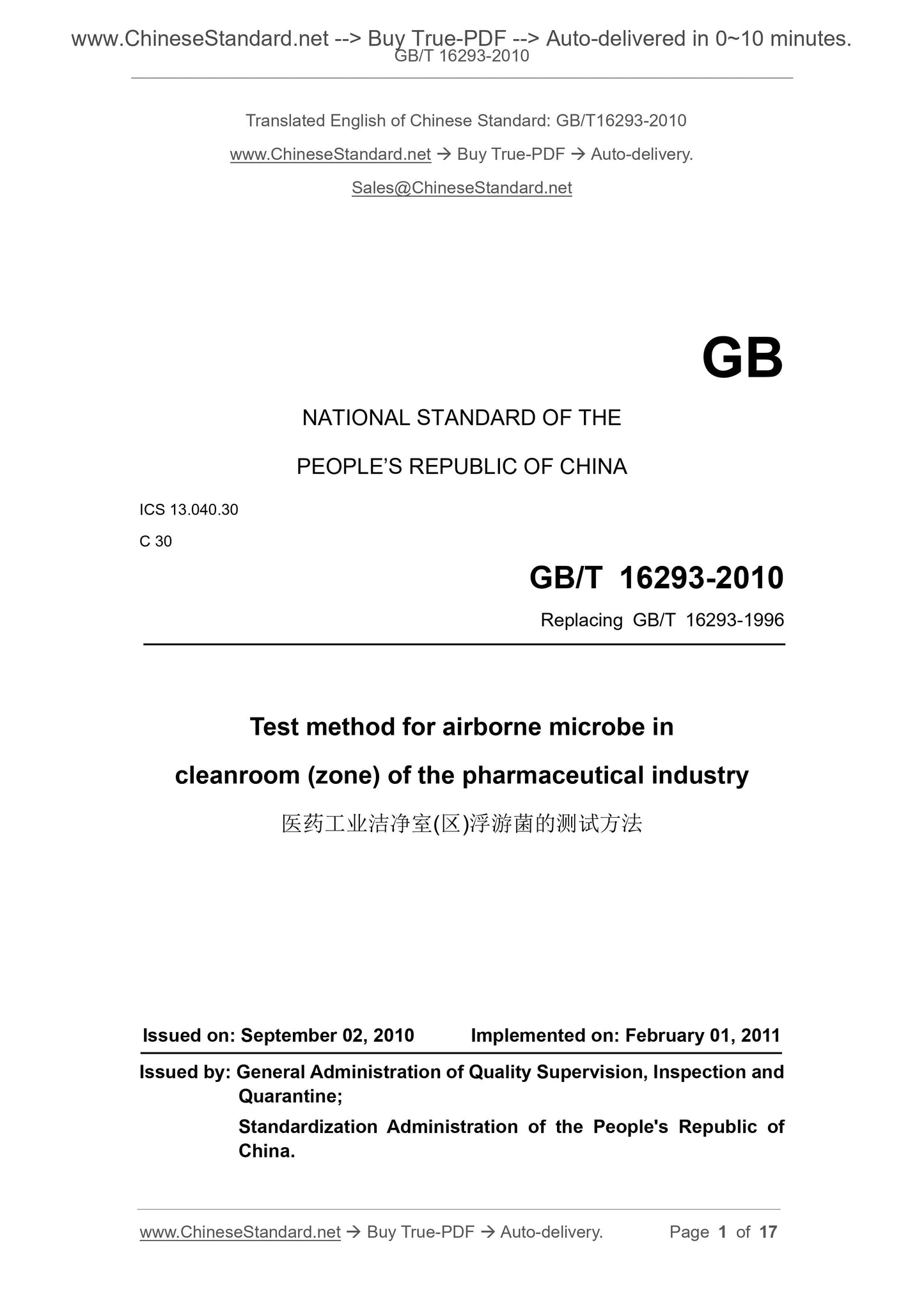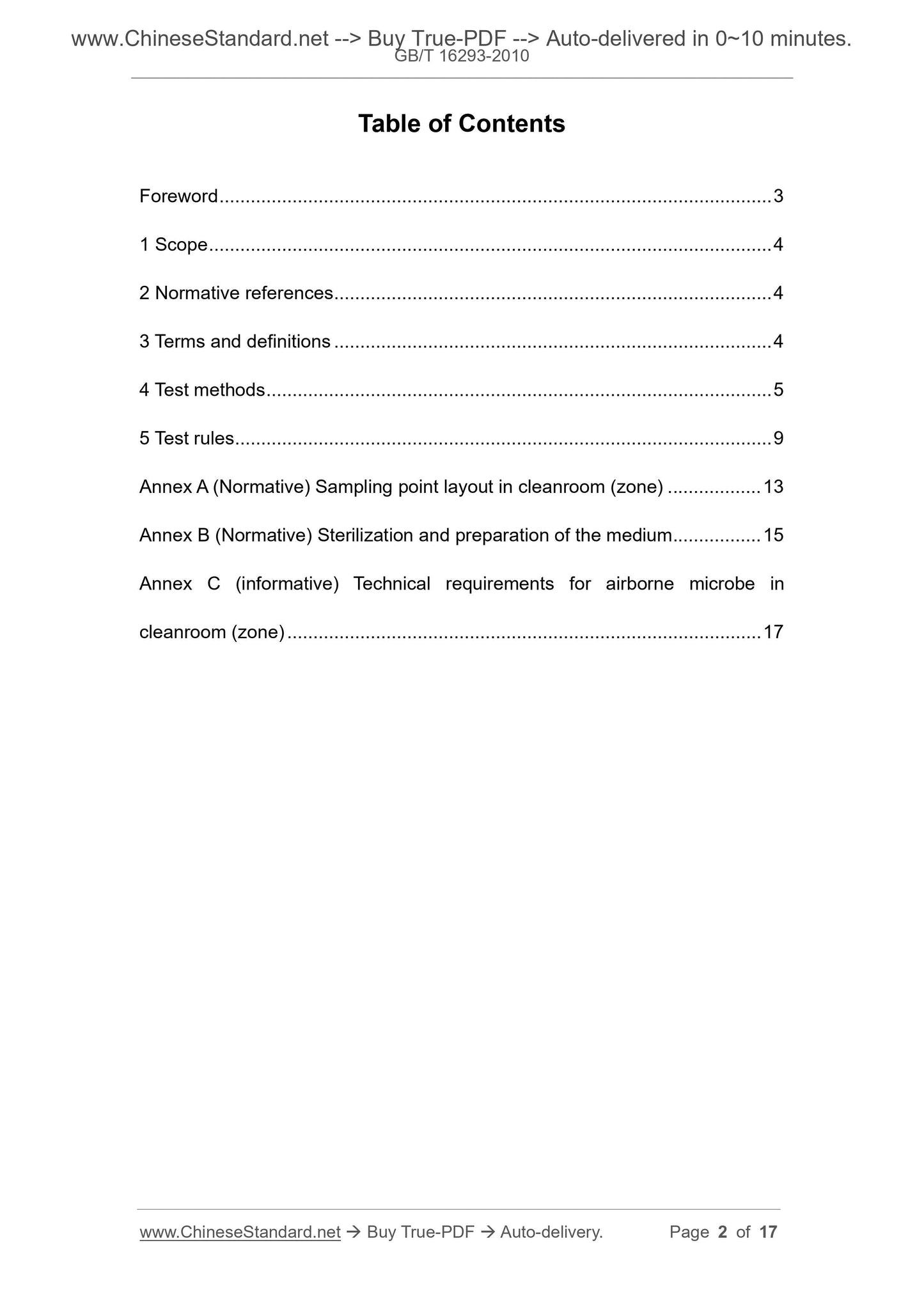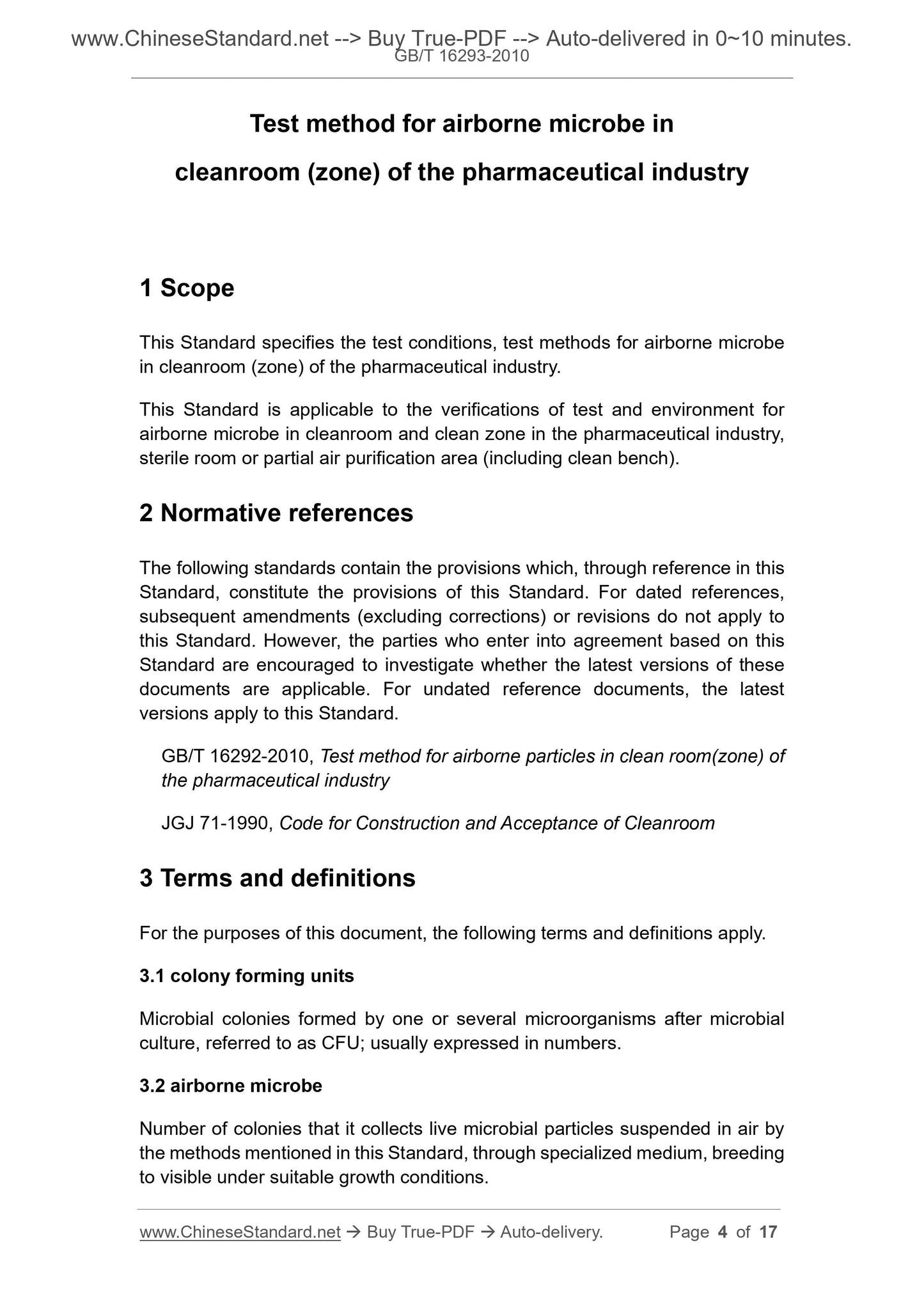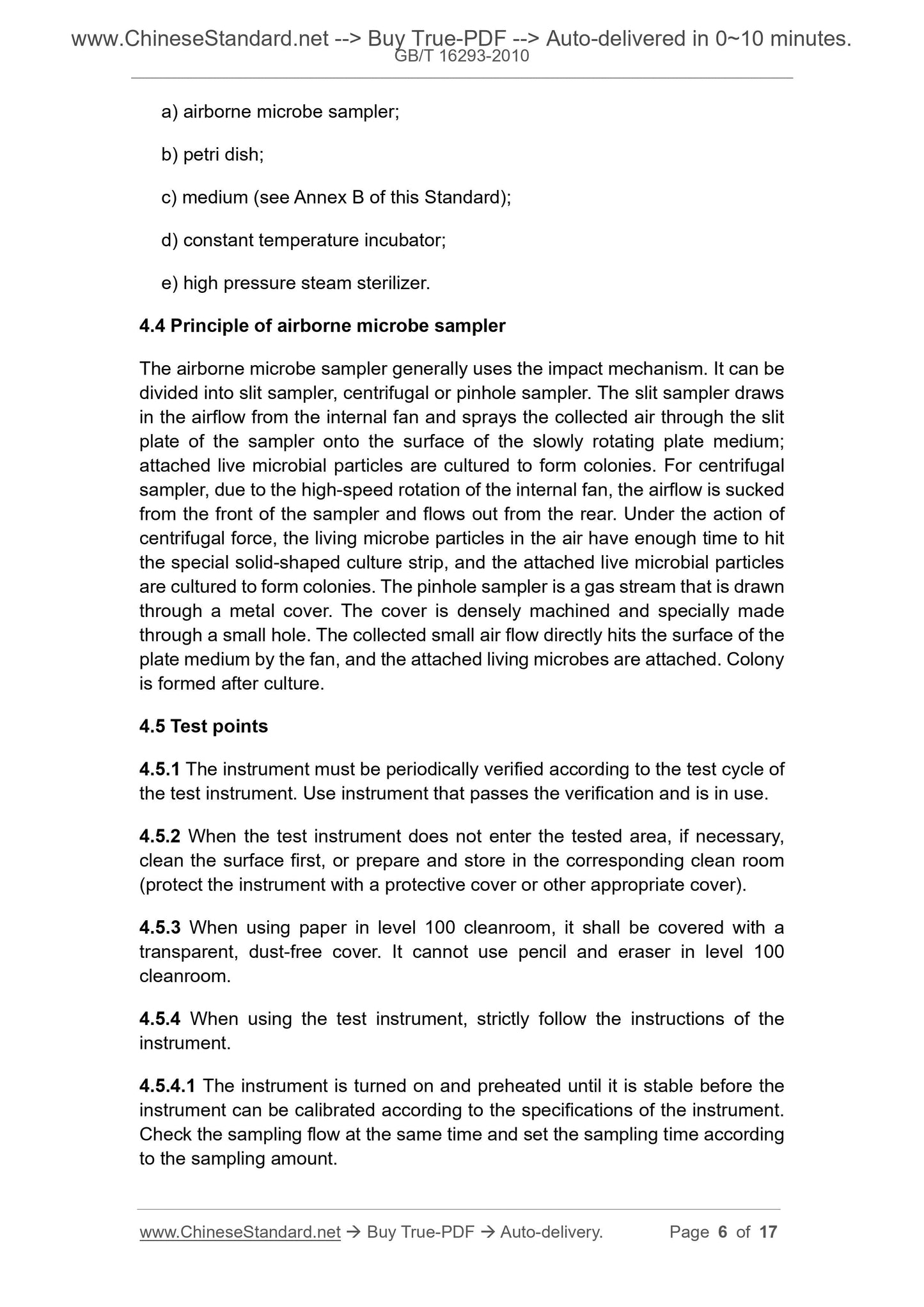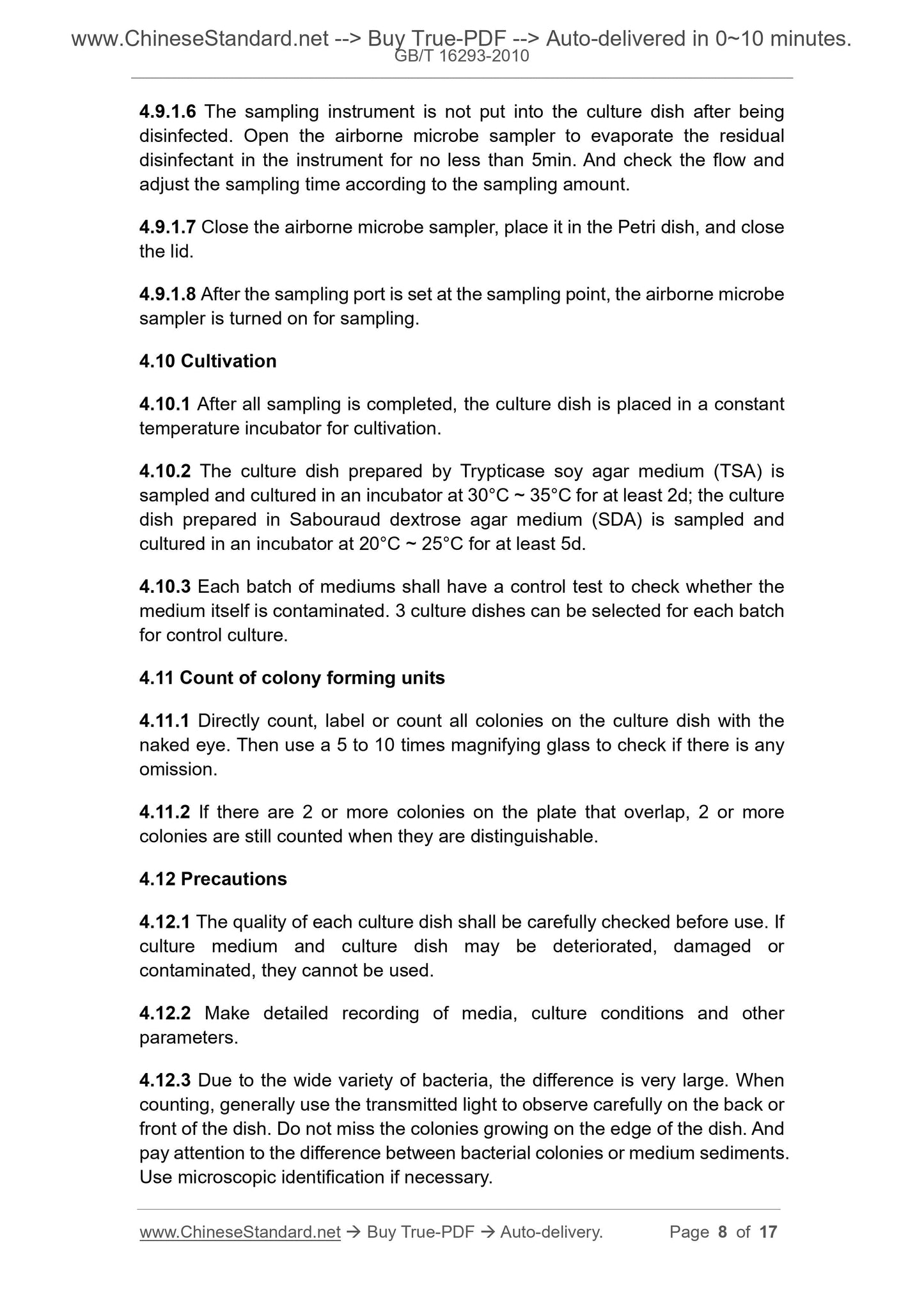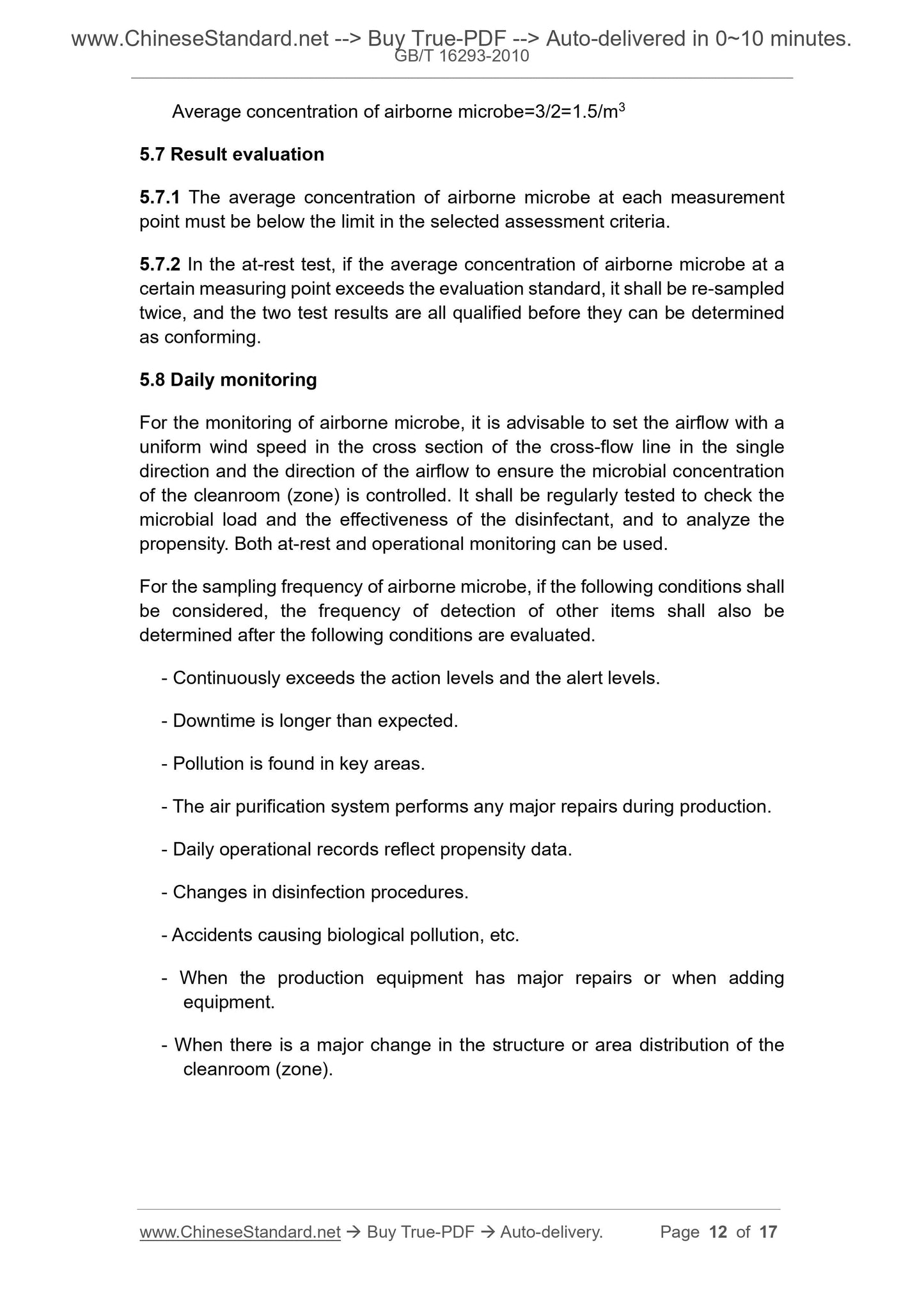1
/
of
6
www.ChineseStandard.us -- Field Test Asia Pte. Ltd.
GB/T 16293-2010 English PDF (GB/T16293-2010)
GB/T 16293-2010 English PDF (GB/T16293-2010)
Regular price
$225.00
Regular price
Sale price
$225.00
Unit price
/
per
Shipping calculated at checkout.
Couldn't load pickup availability
GB/T 16293-2010: Test method for airborne microbe in cleanroom (zone) of the pharmaceutical industry
Delivery: 9 seconds. Download (and Email) true-PDF + Invoice.Get Quotation: Click GB/T 16293-2010 (Self-service in 1-minute)
Newer / historical versions: GB/T 16293-2010
Preview True-PDF
Scope
This Standard specifies the test conditions, test methods for airborne microbein cleanroom (zone) of the pharmaceutical industry.
This Standard is applicable to the verifications of test and environment for
airborne microbe in cleanroom and clean zone in the pharmaceutical industry,
sterile room or partial air purification area (including clean bench).
Basic Data
| Standard ID | GB/T 16293-2010 (GB/T16293-2010) |
| Description (Translated English) | Test method for airborne microbe in cleanroom (zone) of the pharmaceutical industry |
| Sector / Industry | National Standard (Recommended) |
| Classification of Chinese Standard | C30 |
| Classification of International Standard | 13.040.30 |
| Word Count Estimation | 12,156 |
| Date of Issue | 2010-09-02 |
| Date of Implementation | 2011-02-01 |
| Older Standard (superseded by this standard) | GB/T 16293-1996 |
| Quoted Standard | GB/T 16292-2010; JGJ 71-1990 |
| Regulation (derived from) | National Standard Announcement 2010 No.4 (Total No.159) |
| Issuing agency(ies) | General Administration of Quality Supervision, Inspection and Quarantine of the People's Republic of China, Standardization Administration of the People's Republic of China |
| Summary | This standard specifies the pharmaceutical industry cleanrooms and clean zones planktonic bacteria test conditions, test methods. Verify that this standard applies to the pharmaceutical industry clean room and clean area, sterile room or local air purification area (including Put net Workbench) planktonic bacteria test and the environment. |
Share
